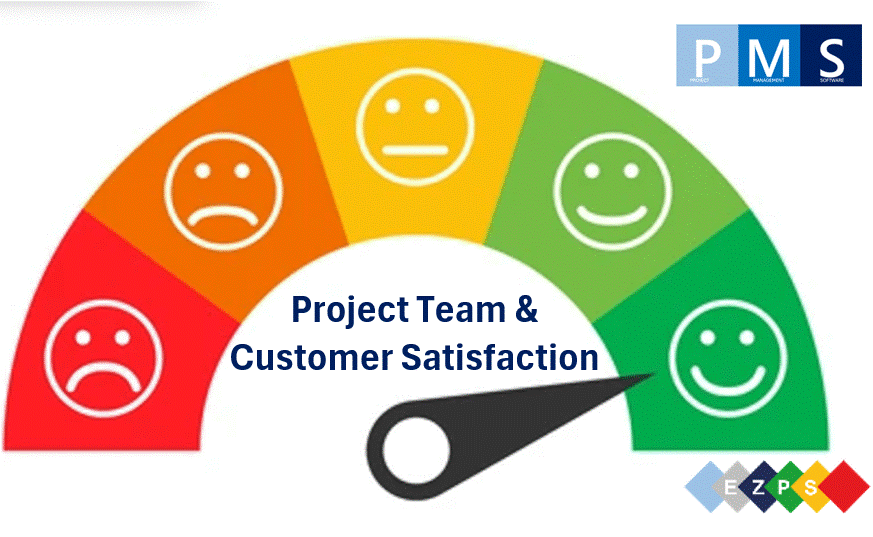What’s the Best Way to Handle Project Risks, Identification, Assessment, and Mitigation?
Q: Every project has risks, but they often get ignored until they become bigger problems. How can I stay ahead of them without drowning in paperwork or constant updates?
A: The best risk management process is one that works quietly in the background and that’s exactly how EZPS is designed. Every project phase, task, and milestone is linked to the built-in RAID framework (Risks, Assumptions, Issues, and Dependencies). Risks aren’t buried in reports, they’re tracked in real time, in dashboards and report logs, with clear ownership and visibility.
EZPS automatically flags when a risk changes status with impact and priority scores, notifying the relevant stakeholders instantly. This keeps risk management proactive, not reactive. At portfolio level, leadership can see risks threat categories, age, patterns, exposure, and trends across multiple projects to guide smarter decisions.
Project risks are also applied to supplier performance, with quality, and financial variations monitored in real time, giving you early warnings of potential delays or cost overruns. By highlighting patterns across multiple suppliers, the system allows project managers to proactively intervene and mitigate risks before they affect delivery.
How EZPS Keeps Risk Management Simple and Smart:
- Attach risks directly to your tasks: No separate systems or spreadsheets needed.
- Get real-time alerts: EZPS automatically highlights changes in risk status and trends.
- See risk patterns portfolio-wide: Identify early warnings across all projects.
- Monitor supplier performance risks: Track performance, quality, and financial impact across all suppliers in real time.
Pro Tip: Don’t just record risks, manage them dynamically. EZPS makes risk management a living part of your project, not a static document.
Select the contact us link EZPS to request a demo.



